Trauma Informed Care
What is trauma?
“Trauma results from an event, series of events, or set of circumstances that is experienced by an individual as physically or emotionally harmful or life threatening and that has lasting adverse effects on the individual’s functioning and mental, physical, social, emotional, or spiritual well-being” (SAMHSA, 2014, p. 72 ) In other words, trauma can be understood as any extraordinarily stressful experience in life that has a lasting negative impact on someone.
What is Trauma Informed Care?
A trauma-informed approach to the delivery of behavioral health services includes an understanding of trauma and an awareness of the impact it can have across settings, services, and populations. It involves viewing trauma through an ecological and cultural lens and recognizing that context plays a significant role in how individuals perceive and process traumatic events, whether acute or chronic. Trauma Informed care looks at the person as a whole instead of just physically or mentally.
The Neurobiology of Trauma
Trauma Informed care looks specifically at adaptation or how the nervous system is constantly adapting to how the nervous system responds. When an extraordinarily stressful event happens, the brain can store that information. When the event is over, your brain continues to react to the information as if you are still in danger. Brain areas implicated in the stress response include the amygdala, hippocampus, and prefrontal cortex. There are five types of stress responses which can vary depending on the person and situation. These types include:
Fight happens from the waste up. Muscles tense up and fists/jaws can clench. Feelings can include wanting to punch or yell in order to get out of the situation.
Flight happens from the waste down. Legs can be tense and muscles contract. Feelings can include wanting to run or having restless legs.
Freeze happens from head to foot. You can’t respond or move. From an evolutionary perspective, this is helpful to blend in with the surroundings
Fall happens when the body becomes physically or mentally unresponsive. Fainting may happen. From an evolutionary perspective, the body preserves energy
Fawn is the drive to appease the aggressor. This response happens in the prefrontal cortex because it takes a lot of thinking to not say the wrong thing
What does trauma in the LGBTQ+ community look like?
Trauma in the LGBTQ+ community is similar to trauma faced in other populations.The biggest difference is that it's magnified because not only is the bad thing happening but the bad thing is happening because of being LGBTQ+. Some common themes surrounding the LGBTQ+ community found among mental health therapists include:
Religious trauma
Conversion therapy
Stigma surrounding what a marriage should look like
Toxic relationships
Boundary crossing
Difficulty identifying toxic relationships
Family relationships
confusion around people who are “accepting” but not accepting
Toxic family dynamics
What does trauma informed care in a healthcare setting look like?
There are several domains in which the approach to Trauma Informed Care can be applied to. These domains include:
Safety (Physical, Psychological, Emotional)
Be aware of your body language with a patient – don’t tower over patients or visitors, allow a patient an option of where to sit in the room so that they may see and access the door.
Trustworthiness and Transparency
Let patients know which parts of the body may be impacted before beginning or proceeding with an exam. When possible, allow patients more control of care steps, i.e. apply gel, holding a stethoscope.
Collaboration and Mutuality
Learn about patient strengths and resources to manage past challenges. Ask “what has worked for you in the past?”
Empowerment, Voice, Choice
Provide options wherever possible: - Doors, curtains, shades – can the patient decide if they want those open or closed? - If a patient has to be woken up for meds or vitals, ask how they would prefer to be woken up. - Conduct as much of the visit with a patient’s own clothes on rather than dis-robing.
Recognition of Cultural, Historical and Gender Issues
Use interventions that respect diverse cultural backgrounds and create opportunities for patients to engage in culturally sensitive interventions and practices that promote trauma healing and recovery.
Peer Support
Promote healing and recovery by valuing lived experience of patients and individuals with shared experiences. For example, create mutual support groups for patients and offer peer supporters/navigators as part of health care delivery.
A full comprehensive list can be accessed here
